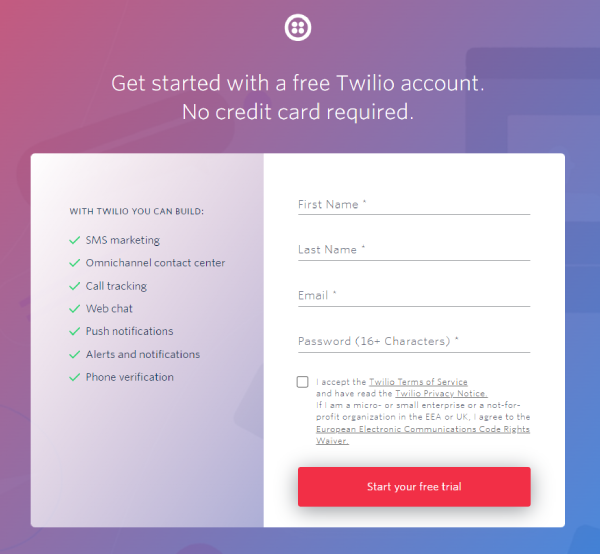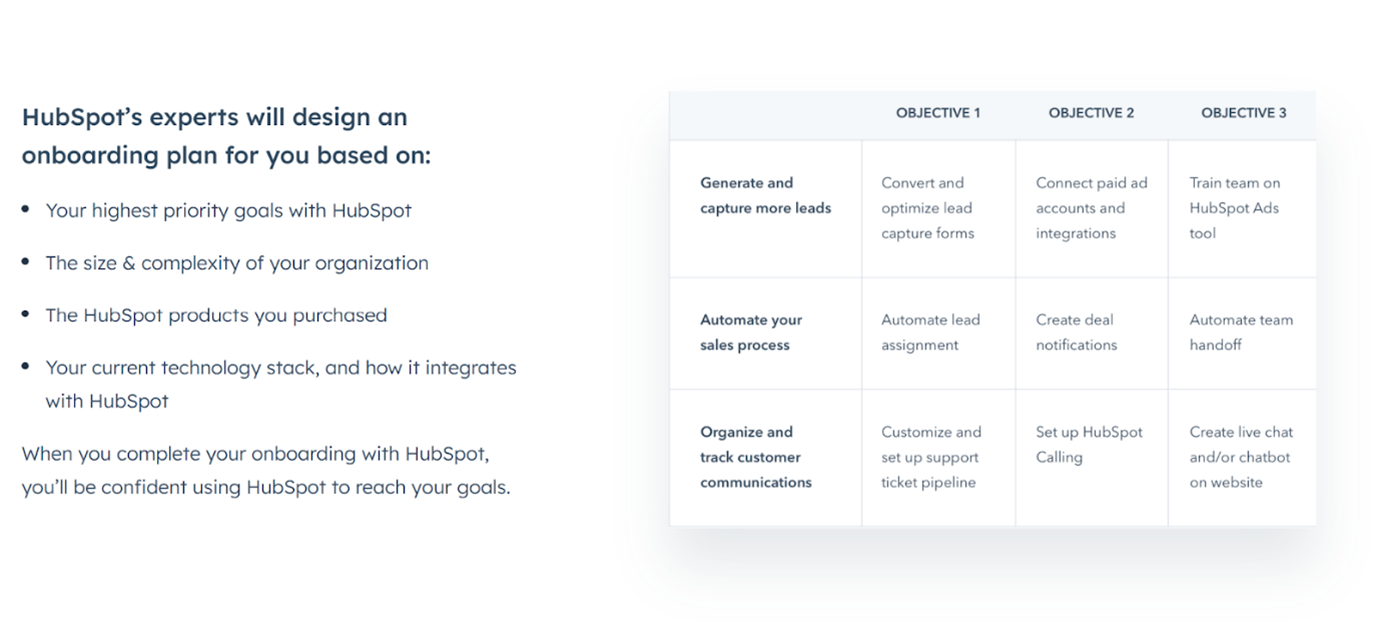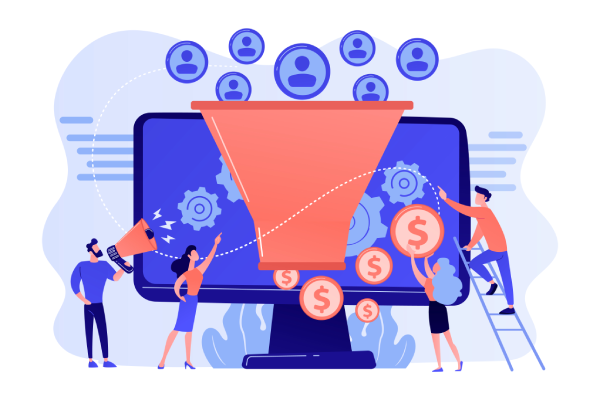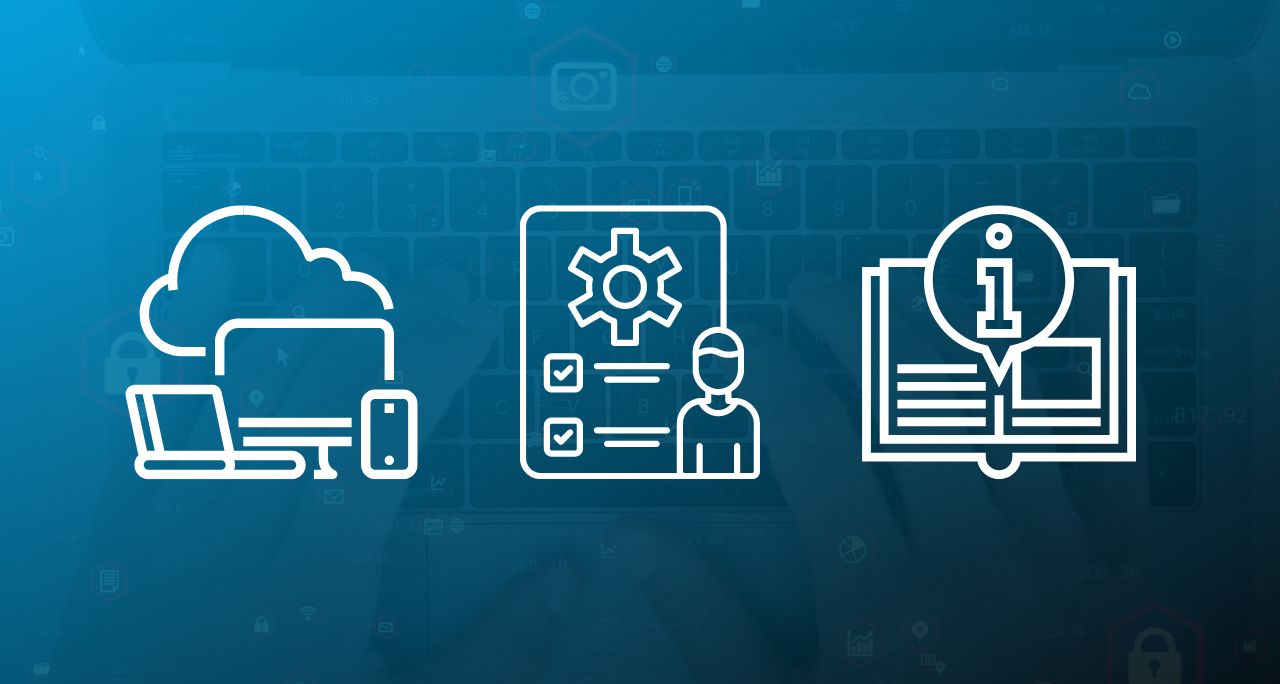In the world of SaaS, building a world-class product is only one step toward business success. For many product-minded founders, acquiring and retaining customers can be even more demanding than the technical challenges.
Customer onboarding is one of the most crucial levers in the customer acquisition machine.
In this guide, we’ll explore not only the business benefits of onboarding but also best practices for delivering a retention-worthy experience, common pitfalls, and powerful metrics for gauging the success of your onboarding efforts—as well as how to optimize based on those metrics.
When you’re done reading, you’ll know how to critically assess your onboarding and make lasting changes that lower churn, increase LTV and elevate your SaaS product.
What’s in this post:
- What does SaaS user onboarding typically look like?
- Powerful business benefits of high-quality onboarding
- Churn—the mortal enemy of onboarding
- An “extra mile” tactic for SaaS onboarding
- Key metrics for tracking SaaS onboarding success
- How to implement onboarding optimizations
- The long-term consequences of onboarding
What does SaaS user onboarding typically look like?
To break it down, user onboarding is essentially about backing up your hype. The customer has converted, started the free trial, or bought the subscription and wants to be impressed.
More than impressed. Blown away by the value your product adds to life itself.
Ultimately the goal of your user onboarding is long-term retention. You can encourage this by:
- Getting users to use your product multiple times within the first week
- Establishing a regular pattern of usage
- Quickly adding value to your customer’s life
Remember your generous no-strings-attached cancellation policy that helped them convert? Well, the customer does, and if you don’t make the right first impression, they’re out of here. So what should you do?
How to onboard a SaaS user
- Account creation—The first step is usually creating an account. This should be virtually effortless for the customer: contact information collection, setting up passwords, adding team members, and email validation should all be easy. Modern tools like digital assistants and automated flows can eliminate stress or perceived complexity for the customer.

User onboarding example: Twilio nailing it from the start
- Product tour—Product tours and demos are common and usually pre-recorded. An interactive walkthrough of the product’s key features and functions is a strong start. Make sure the walkthrough is accessible long-term so new SaaS users can always get a refresher. Tours should be fairly comprehensive in terms of using the product, but remember to tie in the outcomes and business benefits the tool provides. Make sure you tailor this experience as much as possible. That doesn’t mean fully bespoke content, but recording multiple tours for your core personas (e.g., one for solopreneurs, one for SMEs, one for enterprise) can shorten your time-to-first value.
- Configuration and setup—Customers need to customize the platform to meet their needs. This ensures new SaaS users get the most out of the platform and lets them start using the tool quickly.If possible, provide a wizard to automate the setup. This is considered extremely valuable. Remember: a major goal of onboarding is to reduce customer effort.
- Data migration—If the new user is switching from another service, it’s your job to help them transfer their data. By simplifying this process, you’re alleviating a huge customer burden. It goes without saying that your data migration system must be absolutely bulletproof—a sketchy migration will damage trust and could easily create a new customer for a competitor.
- Training and support—Users need to believe they can use your tool successfully and independently, including troubleshooting problems. Training & support are your biggest allies here. As well as a responsive customer support team, there should be a comprehensive collection of tutorials, guides, training, and resources to get customers off the ground quickly.
If you can build a system to reliably deliver each of these elements, your onboarding is going to be in a great position.
Powerful business benefits of high-quality onboarding
There are many benefits to well-executed onboarding. For starters, it can reduce long-term customer support costs. While you should offer prompt support to new customers, your evergreen material—tutorials, guides, product documentation—should answer most of the questions. Weak onboarding will cause a deluge of repetitive, potentially inquiries. You want to keep the conversation in your client’s head positive, not angry. What’s more, for SaaS companies that offer free trials, onboarding is a critical process to ensure that newly-signed users see the value of the product directly and convert to paying customers after the trial ends.
One tangible benefit is an increase in long-term retention. Famously, just a 5% increase in retention can increase profitability by 75%. This is because 80% of a company’s future revenue comes from 20% of existing customers.
Finally, there is trusty old customer satisfaction. With new software tools, there is always the worry that it will all be too complicated, stressful, or annoying to use. Streamlined onboarding makes customers happy. They’re more likely to become product advocates, refer their network, and volunteer their time for interviews or surveys.
The sum of these benefits is disproportionately valuable compared to the small cost of improving onboarding.

Churn—the mortal enemy of onboarding
If onboarding for your SaaS product makes life difficult for new customers—insufficient training, complexity, unclear value, software bugs—it’s going to cause churn. That is, you’re going to lose new customers.
Will every customer demand a refund? Of course not. In many cases, inertia is more powerful than the problem: they’ve already committed to this direction, and will see it out. Note: this is true if they’re already paying for your service; if they’re on a free trial, the flight risk is much higher.
If you’ve been wondering why user onboarding is so important in SaaS, now you know.
Here are the 3 biggest causes of churn during onboarding.
1. Bad product-customer fit
It’s amazing how often a customer can work through the entire funnel, pay for a product, create an account and only then realize it’s not fit for purpose.
This happens a lot. The main cause is a misconception about what the product can and can’t do. A customer might interpret benefits or features the wrong way, while some companies deliberately misrepresent the full power of their service.
Prior to any onboarding, SaaS companies must make it crystal clear what solutions their customers can expect. If there are common feature requests that you don’t currently offer, those should be addressed too.
2. Poor product design
Lousy product design is an absolute killer. Even if your tool is extraordinarily powerful and offers better output than your competitors, customers will give up if:
- It requires weeks or months of training to gain competence
- Weak UX design makes navigation difficult, especially on mobile devices
- Access, permissions, and collaboration features are missing
Today’s SaaS companies can’t just build great under-the-hood functionality; products need to be easy to use, intuitive and, more often than not, geared toward teams and collaboration.
3. Lack of resources
Extremely well-designed products can have steep learning curves, especially enterprise solutions and SaaS products that solve complex problems. This is overcome with helpful information: meticulous product documentation, tutorials, pop-ups, interactive walkthroughs/guided tours, resource hubs, use cases, and video demonstrations.
Good onboarding also provides comprehensive support. Email, phone, live chat, and support tickets can be invaluable for new users finding their way around the tool.
An “extra mile” tactic for SaaS onboarding
Differentiation from competitors is pivotal to acquiring and retaining customers—especially for SaaS products. One powerful user onboarding best practice to set your business apart is the launch plan.
This is a customized plan that guides customers through starting with your product. It includes tasks, resources, and milestones tailored to each customer’s specific needs. Of course, you would use a template rather than constantly reinventing the wheel, but this leaves ample room for personalization.
The goal is to support and empower customers through onboarding. It increases the chance of them using, and deriving value from, your solution—and the faster they do this, the better chance they’ll hang around!
Salesforce uses a dedicated onboarding process (their Journey Builder) that is tailored to the specific needs of each customer. They use a combination of online resources, webinars, and dedicated customer success managers to guide customers through the onboarding process.
Hubspot does something similar with dedicated customer success managers for their customers. They create custom experiences for customers in order to accelerate time-to-value—an area where they’ve enjoyed massive success!

Credit: Hubspot
Try to find a way of personalizing the onboarding experience and making it as engaging and rewarding as possible. It will certainly improve your odds of retaining customers longer-term.
Key metrics for tracking SaaS onboarding success
It’s not enough to anecdotally review your onboarding process and make intuitive changes: any optimization should be data-led and metric-oriented. If you don’t know what exactly is broken, there’s no way to fix it.
Several important metrics for SaaS onboarding are:
- Customer retention—This measures the percentage of customers who remain active after their initial purchase. A high retention rate is a sign that your onboarding process is effective in engaging and retaining customers. This can be measured at different intervals, depending on business specifics, like DAU (Daily Active Users), WAU (Weekly Active Users), or MAU (Monthly Active Users).
- Engagement—This measures how actively customers are using your product. A high engagement rate is a sign that your onboarding process is effectively getting customers up and running with your product. A good metric to track here is the Stickiness ratio, which benchmarks Daily Active Users against Monthly Active Users, to give you a measuring lever for engagement.
- Activation rate—This measures the percentage of customers who take a specific action (such as completing a purchase or setting up a profile) after signing up. A high activation rate is a sign that your onboarding process is effectively guiding customers through the key steps of using your product.
- Signup to Subscriber Conversion Rate. This metric helps you assess the quality of signups to determine if you’re getting the clients you were targeting, as well as to better understand your acquisition/marketing efforts – what marketing campaigns generated an increase in activations and, subsequently, payment.
- Net Promoter Score (NPS)—NPS is a measure of customer satisfaction and loyalty. It’s calculated by asking customers how likely they are to recommend your product to a friend or colleague. NPS is important for SaaS onboarding because it provides insight into how well the onboarding process is resonating with customers. A high NPS indicates that customers are satisfied with their onboarding experience and are likely to become loyal, long-term customers—if your product is up to the task!
- Time to First Value—TTV measures the time it takes for a customer to realize value from your product. For example, to send their first email using Mailchimp or an invoice with 2Checkout (now Verifone). A short TTV means that users are getting a fast return on their investment and validating their hopes—that your product will solve their problem.
Conversely, if it takes customers a long time to create value, you know your onboarding system needs optimization. - Churn Rate—As we’ve discussed, churn is a critical measure of onboarding success. Thankfully it’s easy to measure and track, allowing businesses to see the positive impact of any optimization or changes across onboarding.
- Customer feedback—This isn’t exactly a metric, but it is crucial to seek real and informative feedback from customers that have recently finished onboarding. A survey or interview is best. You’re looking for any helpful comments on points of friction, the product, or big questions—if multiple customers mention the same thing, you know it needs to be fixed.

How to implement onboarding optimizations
If it sounds complicated, rest assured: optimizing your onboarding process is remarkably simple.
Here’s the formula:
Fix minor problems regularly
+
Fix MAJOR problems one at a time.
Your metrics and customer feedback will provide all the problems you need. Your job is to carefully prioritize them and then, as a team, come up with appropriate solutions. These don’t need to be complicated or labor-intensive necessarily. Some solutions will be very obvious (like fixing broken links), while others may be less tangible.
It’s important to avoid simultaneous major changes. Why? Because you won’t have any idea which major solution impacted the result. It will be tempting, but try to implement large-scale changes one at a time and keep a close eye on the resulting data.
Remember that optimization has no finishing point. In order to keep your customers happy and your metrics trending up, this cycle of measure—analyze—solve should be repeated regularly.
The long-term consequences of onboarding
The immediate impact of onboarding on customer engagement and retention is clear: they increase when everything is improved. But the benefits of effective onboarding go beyond the short-term.
In the long term, effective onboarding can lead to increased customer loyalty and higher lifetime value. Loyal customers are more likely to make repeat purchases, recommend your product to others and provide valuable feedback to help improve your product.
On the other hand, bad onboarding can be especially devastating for SaaS companies. When searching for new tools, word-of-mouth recommendations are extremely persuasive for consumers—both for B2B and B2C—and if your product becomes known as “powerful but a pain to use”, the long-term invisible impact could be tremendous.

Conclusion
If you take nothing else away from this guide, remember this: for SaaS products, conversion is not the final step in customer acquisition. You need to do at least as much work retaining customers and delivering value over the long term. Onboarding is one crucial step and often overlooked step on the way.
Try to also remember that optimizing onboarding shouldn’t be daunting or intimidating: track metrics and talk to customers, identify one problem, and implement one solution. It really is that simple, and the outcome really can be as powerful as we’ve suggested.
2Checkout (now Verifone) is here to help you deliver exceptional customer experiences that move the needle on retention and accelerate your business growth. Talk to our teams to understand the full revenue uplift opportunities generated by the 2Checkout monetization platform, and start scaling!





